Vision One expresses its scariest wishes to our clients and their families over the #Halloween holiday period. On behalf of the entire team, we sincerely hope that your technology isn’t haunted.
Or do we?
![]()
![]()
![]()
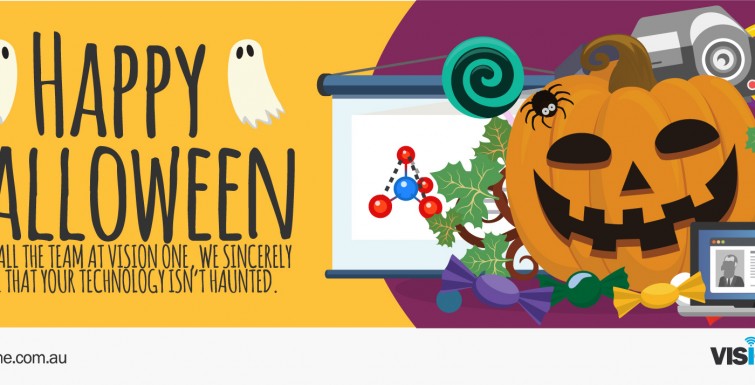
Vision One expresses its scariest wishes to our clients and their families over the #Halloween holiday period. On behalf of the entire team, we sincerely hope that your technology isn’t haunted.
Or do we?
![]()
![]()
![]()

It might seem as if we’ve exhausted the collective AV prowess out of New Zealand but Kevin Allen is here to prove us all wrong! Kevin – who I’m sure some of you may have already met – joins the team with a wealth of experience in both AV and IT.
Kevin is the ultimate utility. You can find him on the tools, offering support or on the road, dropping in to say g’day. He’ll also try to convince you that he’s probably the coolest Kiwi on the team (and he’s probably right!).
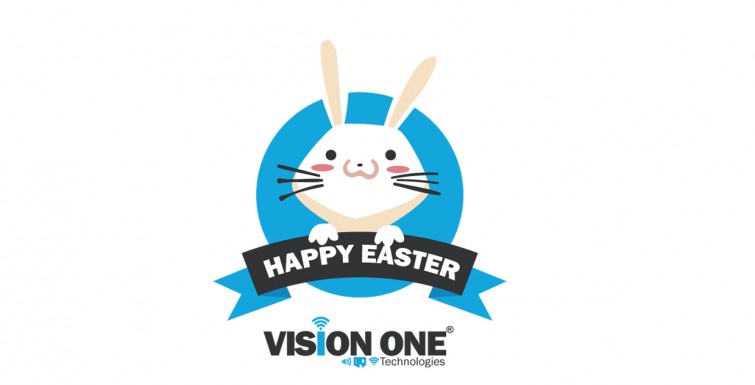
Vision One expresses its warmest wishes to our clients and their families over the #Easter holiday period. May your chocolate eggs be aplenty and we’ll see you all on Tuesday! ![]()
![]()
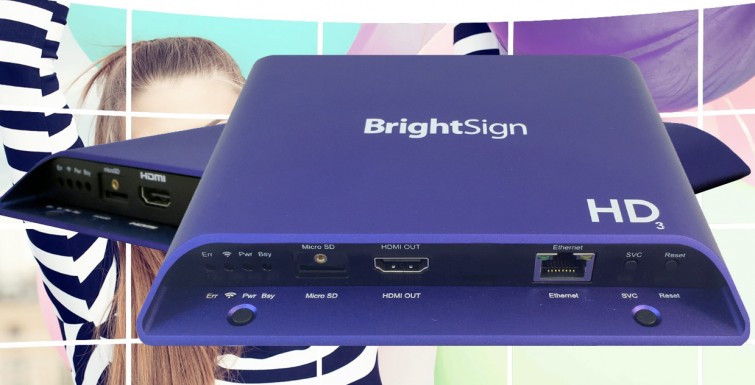
BrightSign, LLC®, the global market leader in digital signage media players, today announced the first major overhaul of the company’s players in nearly two years. BrightSign’s lineup of digital signage media players has been completely redesigned and will ship with a portfolio of technology updates including an M.2 interface for Wi-Fi antennae or a solid-state drive (M.2 SSD). BrightSign’s free BrightAuthor software and the BrightSign Network are also updated with advanced digital signage features for enterprise-level performance.
“The digital signage marketplace is evolving rapidly. For that reason it’s important that our technology solutions not only support signage as it’s being used today, but that they also work flawlessly many years from now,” said Jeff Hastings, BrightSign’s CEO. “Customers can install our players today knowing that BrightSign software, hardware and networking solutions will serve them well in the future as they implement new and exciting digital signage features.”
BrightAuthor software v4.5 will enable a new feature on the HD, XD and XT players called Mosaic Mode, which allows a multitude of lower-resolution videos to be played in multiple video zones that add up to the total resolution decoding power of the player’s video decoder. CEA HDR 10 is supported on all players delivering a much higher contrast ratio and much wider color palette, complementing the higher resolution of 4K displays. And the ability to real-time encode and stream content from the player to another end-point or device is now incorporated in XD and XT players.
B-Deploy, a powerful new feature that allows customers to set up and deploy from tens to thousands of players all at once, can be used with the BrightSign Network, a BrightSign Partner CMS, or an on-premise secure corporate LAN with internet access.
BrightSign Network, including the new B-Deploy feature, now supports media and player tagging for highly targeted content distribution to large networks of players.
Each of the seven new players boasts a sleek new industrial design with a very slim profile under 1” in height that makes it possible to place the players virtually anywhere. All new players integrate H.265 (HEVC playback features) and HTML5. The top two product lines (XD and XT) offer a hardware-accelerated H.265 video decoding engine capable of 4K HDR 10-bit video playback.
BrightSign’s portfolio of digital signage media players is now comprised of seven players spanning four product lines:
BrightSign LS: Affordable, Compact and Fully Featured
BrightSign’s LS423 is a fully featured, commercial-grade player offering a superior alternative to consumer devices often chosen for price-sensitive digital signage installations. Based on the award-winning BrightSign HD platform, BrightSign LS423 delivers signature reliability and affordability, with a robust feature set including H.265 Full HD video decoding, a basic HTML5 engine, USB 2.0 type C, and networking.
BrightSign HD: Updated Classic with Mainstream Performance
BrightSign’s new HD models are updated with advanced technology that delivers power and performance for mainstream applications at a very affordable cost. Both the HD223 and HD1023 offer hardware-accelerated HTML5 engine and 1080p60 decode, along with BrightSign’s highly reliable media-handling platform and signature ease of use. All HD models support Gigabit Ethernet, as well as robust interactive controls and dynamic live content features.
BrightSign XD: True 4K Playback and Advanced Performance
BrightSign’s two new XD players are capable of decoding either two 1080p60 videos or a single 4K video and a single 1080p60 video simultaneously. Both the XD233 and XD1033 have Gigabit Ethernet and offer an advanced hardware-accelerated HTML5 engine.
BrightSign XT: State-of-the-Art Technology with Enterprise Performance
The BrightSign XT243 and XT1143 offer unsurpassed performance with the company’s fastest HTML and graphics engine and the most powerful CPU. This state-of-the-art technology for enterprise level digital signage installations supports dual video decode of one 4K and one 1080p60 video simultaneously. The hardware-accelerated HTML5 engine enables flawless playback of multiple modular HTML5 assets including CSS animations, Web GL and swipe/gesture interactivity. Both XT models support PoE+ and Gigabit Ethernet, and the XT1143 offers HDMI-in for Live TV playback.
For more information about BrightSign’s complete portfolio of digital signage hardware and software, contact Vision One on (03) 9467-3777.
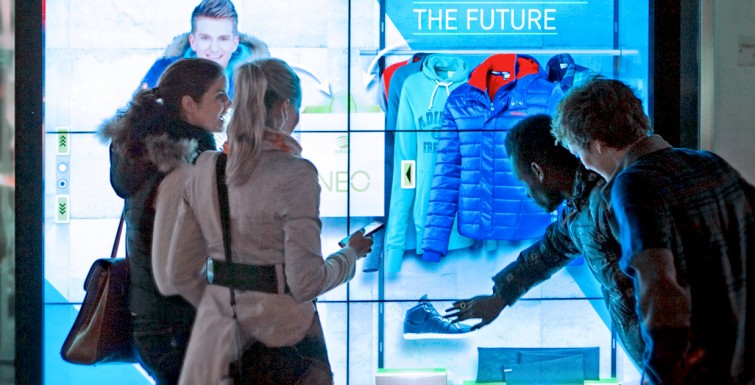
The evolution of digital signage followed quite a linear path to where we are today. We first saw static imagery used for basic signage such as restaurant menus – at the time this was quite a breakthrough. It wasn’t long until video content was part of the mix. Explosive growth of video content was driven by affordable management and authoring tools that were increasingly easy to use. The next step in this evolutionary progression – and we’re already heading down this path — is interactivity.
The single-most important tool driving the next wave of interactive digital signage is HTML5, which opens up near-limitless possibilities for customer engagement. It enables a rich viewing experience that builds on the interactivity popularized by today’s smartphones and tablets. HTML5-authored content takes advantage of touch interactivity, including the ability to tap, swipe, pinch and zoom. This is an important breakthrough, as people are now engaging with signage displays in the same way they interact with their own personal devices. This marks a significant point in the evolution of digital signage. People are no longer viewers of digital signage, they’re participants. The ability of the viewer to self-navigate signage content ensures a highly personalized experience, creating a vital touchpoint between proprietor and customer. They’re engaging directly with the content and as a result their comprehension and retention of the signage increases dramatically. This increased brand engagement is music to marketers’ ears because in most cases deeper brand engagement translates to increased sales.
Beyond the touch interaction described above, HTML5 delivers other extremely rich experiences for applications like the “endless aisle” in retail, powerful wayfinder solutions and real-time social media applications. And what’s especially impressive is that we’ve really just begun to see what HTML5 is capable of. The new generation of media players allows for the use of the flexible HTML5 authoring combined with superior media handling. The new media processors allow for smooth video playback, chroma/luma keying (green screen-type media composition) eliminating the typical “browser” experience with HTML5 video playback. But regardless of what the future holds, it’s clear that HTML5 is changing the way proprietors use digital signage to engage their customers.
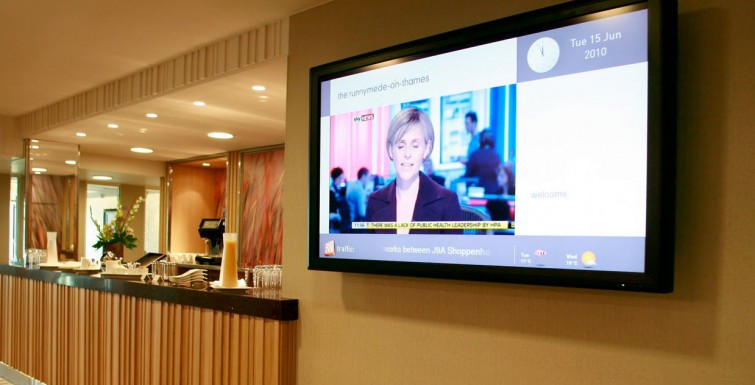
Over the last few months Berg Insight has been looking closely at the market for Digital Signage. This is a category of connected devices that each one of us is in contact with almost daily and includes a broad range of solutions as diverse as traffic signs, menu boards and in-flight entertainment displays. The first connected digital signage solutions were commercially launched almost three decades ago. Since then, digital signage solutions have found their way into nearly every possible vertical market and a wide variety of application areas. The untapped market potential is still vast and growth is showing no signs of slowing down. Berg Insight forecasts that global shipments of display screens for digital signage will grow from 7.3 million units in 2014 at a compound annual growth rate (CAGR) of 18.7 percent to reach 17.2 million units by 2019. The number of digital signage displays in active use will at the same time grow at a CAGR of 20.2 percent during the next five years from 25.4 million units in 2014 to 63.8 million units in 2019.
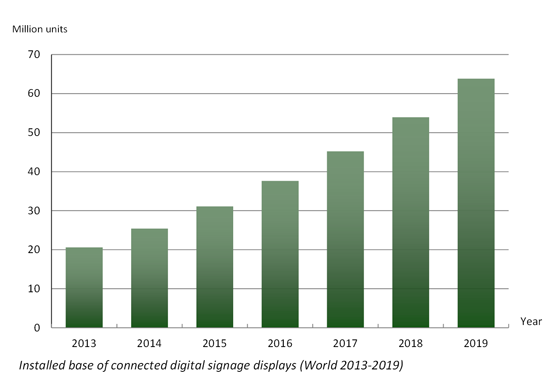
One of the most exciting new growth opportunities for the digital signage industry during the next decade is targeted delivery of marketing content, i.e. displaying the most relevant marketing messages to the people closest to a specific digital sign. This concept has been discussed in the industry for years. However, targeted content delivery has thus far largely stayed in the experimental phase, in part due to that the targeting mechanisms generally have relied on imprecise technologies such as facial recognition software to estimate variables such as age and gender. Consequently, while retailers and brands have adopted digital signs of all forms and sizes, the marketing messages that are displayed are still today in most cases the same regardless of who is watching.
The opportunity for targeted content delivery on digital signs has evolved substantially in the last couple of years, due to the proliferation of smartphones and the advances that have been made in indoor location sensing solutions. In particular, Bluetooth beacons and NFC make very precise real-time positioning possible and widespread rollout of these technologies at retailers is imminent. Bluetooth beacons are for instance being integrated in lighting fixtures, electronic shelf labels and POS terminals. When the digital signage system is integrated with other IT systems – such as a customer loyalty program or a mobile wallet service – retailers and brands have the opportunity to deliver targeted content based on a broad range of parameters. In other words, the adverts that are displayed on digital signs in consumer electronics stores, supermarkets or department stores can be selected to match the profile of the persons located nearest to a specific screen with unprecedented accuracy. Berg Insight anticipates that this will be one of the key underlying factors that will propel digital signage to become one of the major platforms for digital marketing in the next ten years.